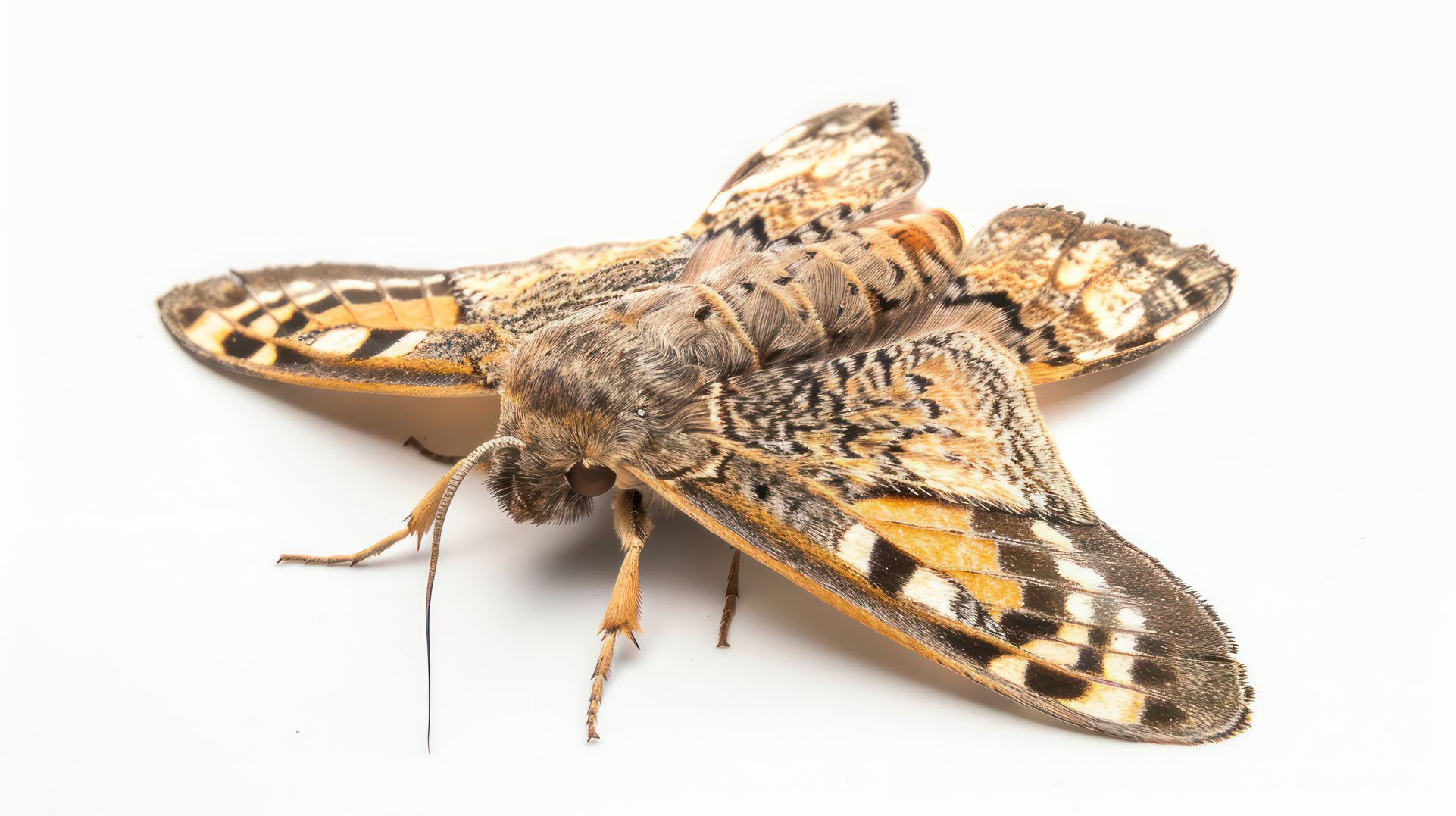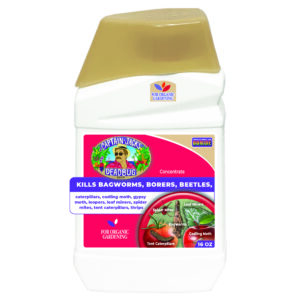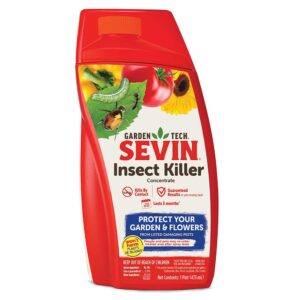Don’t want wormy apples?
Don’t want wormy apples?
Growing apple trees in East Idaho.
The Codling Moth… just that yucky dusty looking moth to people, but to the apple trees they are public enemy number #1. The adults are medium sized about 3/8 of an inch long and light grayish brown. The nightmare begins when biting into a crisp, juicy apple only to find an uninvited guest squirming inside.
Let’s learn more about this pest’s life cycle.
Egg Laying: Female codling moths lay their eggs on leaves and young fruit in the spring and early summer.
Larvae Hatching: The eggs hatch into tiny larvae, which then burrow into the apples to feed.
Damage: As the larvae feed, they create tunnels through the fruit, causing the characteristic “wormy” appearance.
Pupation: After feeding, the larvae exit the fruit and pupate in the bark of trees or in the ground, emerging as adult moths to start the cycle again the following spring.

Ready to defend your fruit?
Understanding and using multiple prevention methods is key to win this war.
In the Spring: Female codling moths lay their eggs on leaves and young fruit in the spring and early summer. The best way to tell when this begins to take place is with pheromone traps. Set up pheromone traps in your garden in early spring. These traps are like sending out love letters to male moths, tricking them into getting caught. This helps you know when the moths are active and ready to start causing trouble. Then is the time to get ready for offensive action.
Spray with care: There are two types of sprays that can be used, organic sprays and chemical controls. Both are very effective and work well against codling moth.
 Organic option: Use Captain Jack’s Dead Bug Brew iTraditional Chemical Control:t contains Spinosad. It is very safe and can be used on all edible crops. For apple trees, mix 2 ounces of this concentrate to 1 gallon of water. Spraying every 10 days (up to 10 days before harvesting). No more than 6 applications per season.
Organic option: Use Captain Jack’s Dead Bug Brew iTraditional Chemical Control:t contains Spinosad. It is very safe and can be used on all edible crops. For apple trees, mix 2 ounces of this concentrate to 1 gallon of water. Spraying every 10 days (up to 10 days before harvesting). No more than 6 applications per season.
Traditional Chemical Control: A product called SEVIN which contains Zeta-Cypermethrin, the manufacturer recommends spraying in 14-day intervals up to 2 weeks before harvest.
Don’t let down your guard. The codling moth has multiple generations per season so being consistent is the key to success.
Good housekeeping: Practice good garden hygiene. Regularly clean up fallen fruit and leaves around your trees. This denies the moths cozy spots to overwinter and start their mischief again the following spring. You can also apply “Horticultural or Dormant Oil” during early spring months prior to the tree leafing out. This smothers any overwintering eggs and larvae, giving you a head start for the growing season.
Enjoy Your Hard-Earned Harvest: By staying vigilant and using these strategies, you can protect your apples from becoming wormy. Your efforts will be rewarded with delicious, healthy apples that you can enjoy right off the tree or in your favorite recipes. Happy gardening!


